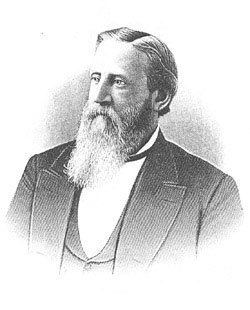Lieutenant None Succeeded by Henry McIver | Name William Simpson Role Justice | |
 | ||
Education | ||
William Dunlap Simpson (October 27, 1823 – December 26, 1890) was the 78th Governor of South Carolina from February 26, 1879, when the previous governor, Wade Hampton, resigned to take his seat in the U.S. Senate, until 1880, when Simpson resigned to become Chief Justice of the South Carolina Supreme Court.
Born in Laurens District, South Carolina, in 1823, he was educated at South Carolina College (later the University of South Carolina), completing his studies in 1843, and spent one term at Harvard Law School. He practiced law in Laurens with his partner (and father-in-law) Henry Clinton Young. He served in the South Carolina legislature in the 1850s and early 1860s and serving in the Confederate States House of Representatives from 1863 to 1865.
After the Civil War, he returned to practice law in Laurens until 1876, when he ran successfully for the post of lieutenant governor and was re-elected in 1878. Upon Wade Hampton resigning from the governorship to assume his senate seat, Simpson was elevated to become the 78th governor of South Carolina. He resigned prior to the ending of the term for governor after being appointed Chief Justice of the state Supreme Court and served for ten years from 1880 until his death in 1890. He is buried at the Laurens City Cemetery.
The William Dunlap Simpson House was added to the National Register of Historic Places in 1974.
